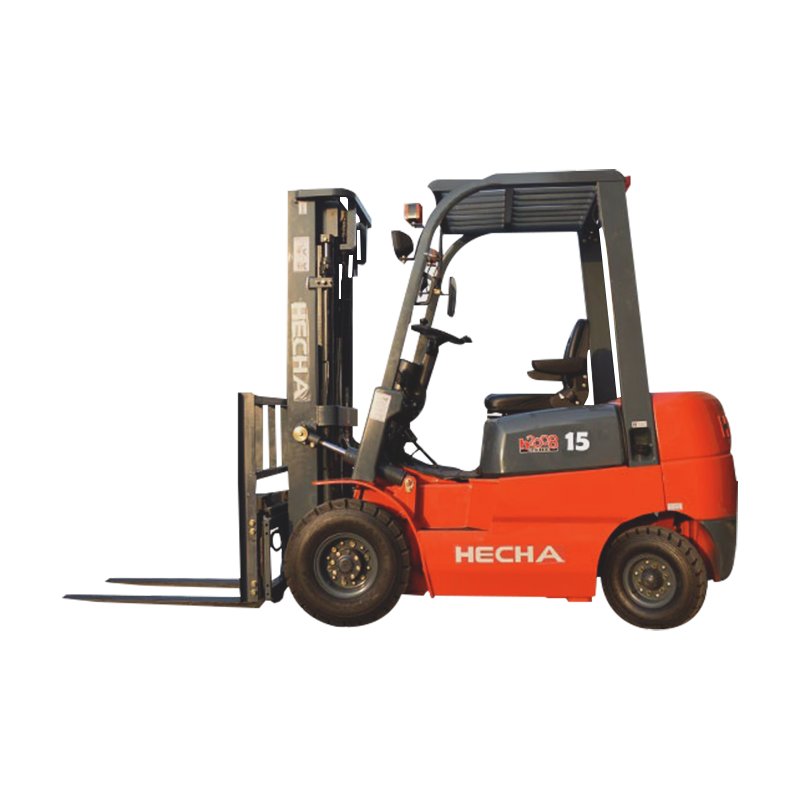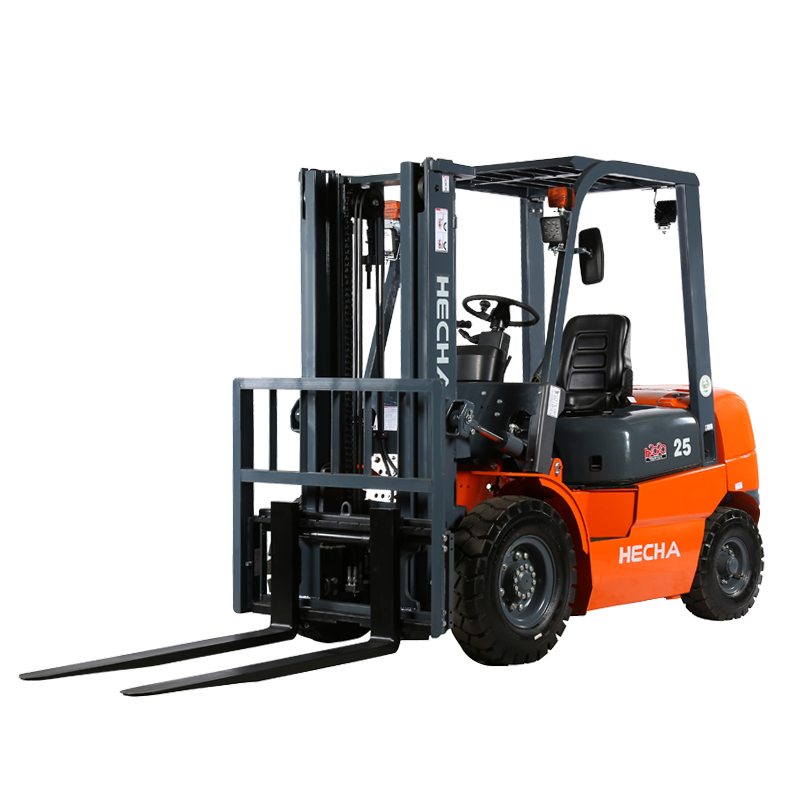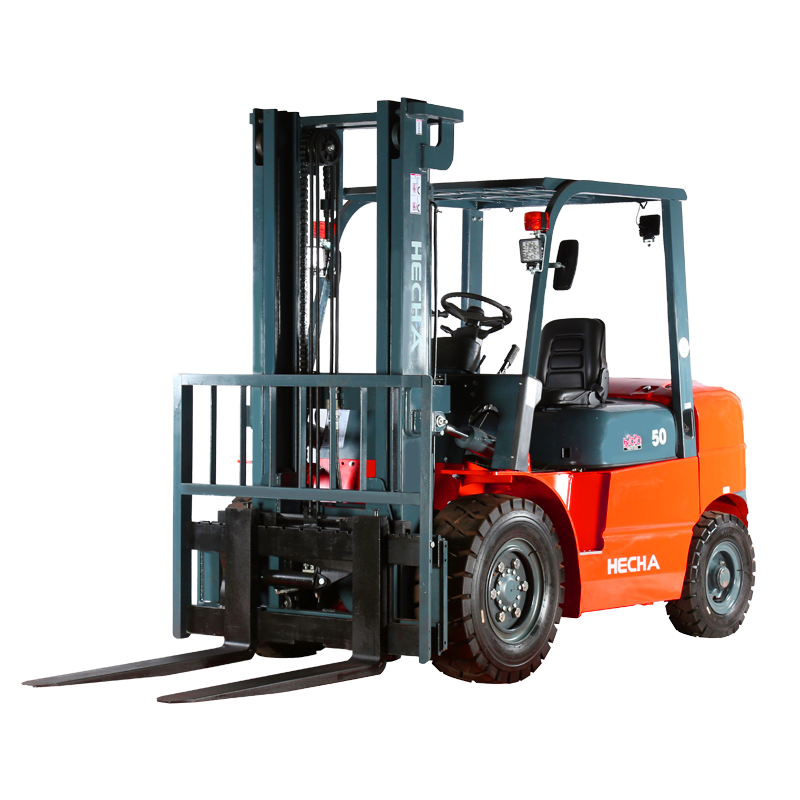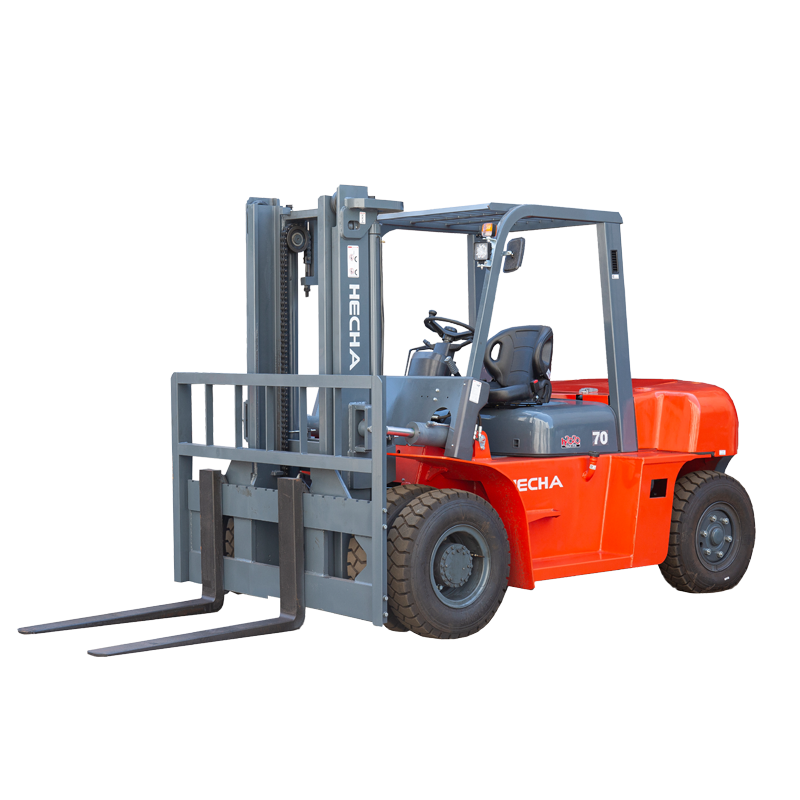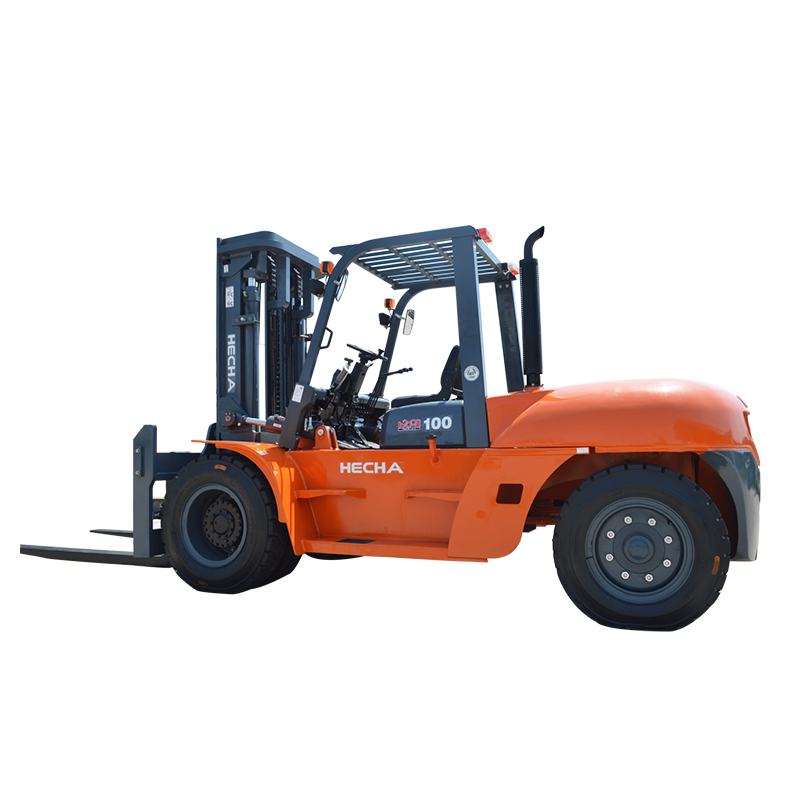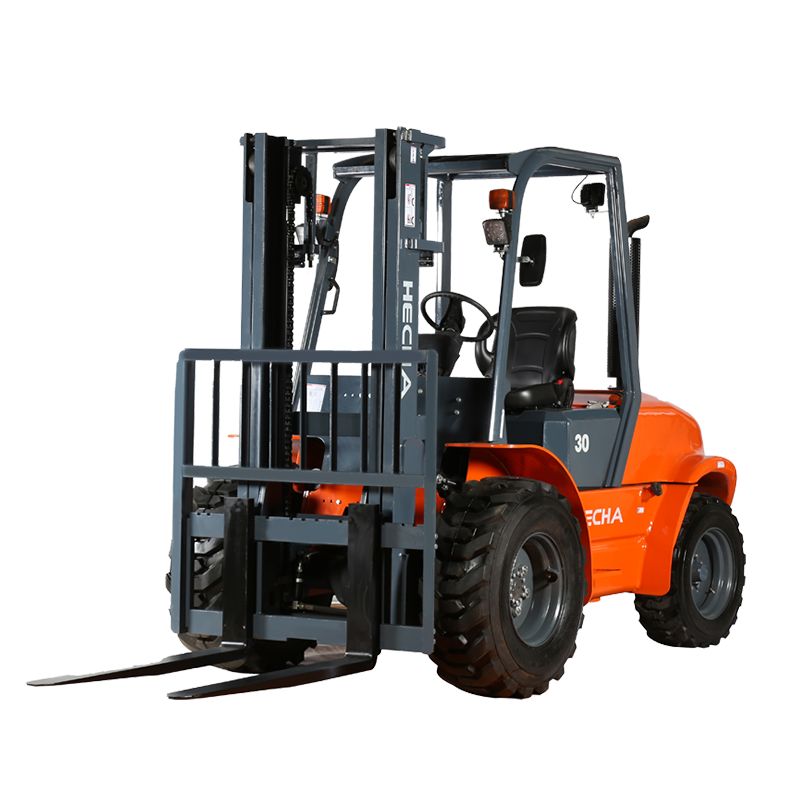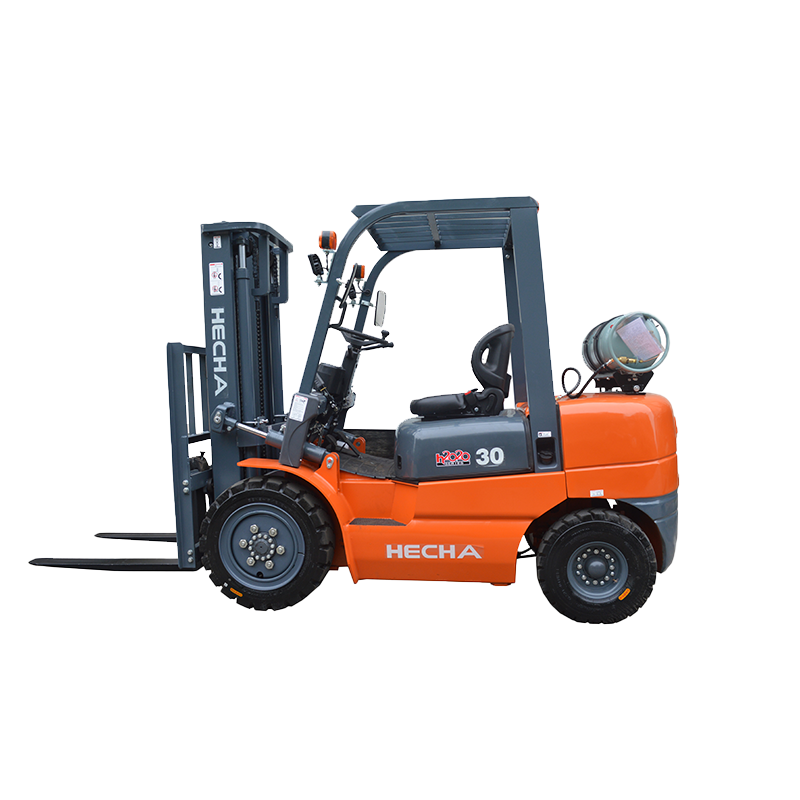Introduction: Defining the Core Decision in Electric Material Handling
In the realm of modern warehousing, manufacturing, and logistics, efficiency and ergonomics are paramount. The transition from purely manual labor to mechanized assistance represents a significant leap in productivity, and all-electric pallet stackers sit at the heart of this evolution. These machines eliminate the strenuous physical effort required by their manual counterparts, allowing operators to move and lift heavy loads with minimal exertion. However, the decision to integrate this technology is not as simple as choosing an electric model over a manual one. The most critical choice operational managers and buyers face is selecting between the two primary configurations: the walkie and the rider electric pallet stacker.
This decision has far-reaching implications for workflow efficiency, operator well-being, space utilization, and ultimately, the return on investment. A walkie model, where the operator walks behind the machine, offers a different set of advantages and limitations compared to a rider model, where the operator is transported. There is no universal “best” choice; the optimal solution is entirely dependent on the specific nuances of your operation.
Understanding the Fundamental Design and Operational Differences
Before delving into comparative analysis, it is essential to understand the core mechanical and operational characteristics that define each type of electric pallet stacker.
What is a Walkie Electric Pallet Stacker?
A walkie electric pallet stacker is characterized by its operational design where the operator remains on foot, walking behind the machine to guide it. Control is typically managed through a handle that houses the primary interfaces: a throttle for travel direction (forward and reverse), a control knob for lifting and lowering the forks, and an emergency brake. This handle often pivots to allow the operator to steer the machine easily from the side when traveling in reverse or navigating tight corners. The operator’s presence is required to walk the full distance the stacker travels.
This design philosophy prioritizes simplicity, compactness, and maneuverability. Walkie models are generally more narrow and have a tighter turning radius than rider models, making them exceptionally agile in confined spaces. They are the mechanized upgrade from a manual pallet jack or stacker, designed for applications where travel distances are moderate, but the lifting function needs to be powered to reduce operator fatigue and increase speed. The operational cost is often lower due to simpler mechanics and smaller batteries.
What is a Rider Electric Pallet Stacker?
A rider electric pallet stacker incorporates a dedicated platform or a standing platform for the operator to ride on during transit. Controls are more integrated and are often housed on a console within easy reach of the operator while they are in the riding position. Directional travel is controlled via a thumb lever or a separate control switch, while lifting and lowering functions are handled with other conveniently located buttons or levers. Some advanced models may even feature a small seat for added comfort during longer shifts.
The primary advantage of the rider design is the significant reduction in operator physical fatigue over long distances. By transporting the operator, the machine dramatically increases the potential throughput in facilities where the distance between pickup and drop-off points is considerable. Rider models often have a higher travel speed in their powered pallet truck configuration compared to walkies, further enhancing productivity in large spaces. They represent a step up in capability and are suited for more intensive, full-shift material handling tasks.
Comparative Analysis: Key Factors for Selection
Choosing between a walkie and a rider model requires a meticulous evaluation of your operational landscape. The following factors are the most critical in guiding this decision.
Application and Primary Use Case
The intended use of the electric stacker is the most decisive factor.
Walkie models excel in specific scenarios. They are ideal for loading dock operations where a truck is being unloaded or loaded, and the movement is primarily straight-line, back-and-forth over short to medium distances. Their agility makes them perfect for narrow aisle applications and congested retail backrooms where space is at a premium. They are also highly effective for cross-docking and moving pallets between staging areas within a confined zone. If the primary need is to replace the physical strain of pumping a manual jack rather than to cover vast distances, a walkie is often the most appropriate and efficient tool.
Rider models are superior in applications defined by longer travel distances. In large distribution centers, manufacturing plants, or warehouses where pallets need to be transported from receiving to a storage location hundreds of feet away, the rider’s ability to carry the operator is a undeniable advantage. They are the workhorses for tasks that involve continuous movement throughout a large facility over an entire shift. Operations that require frequent, rapid movement between widely spaced points will see a substantial productivity boost from a rider model that would be unattainable with a walkie, where operator walking speed becomes a limiting factor.
Facility Layout and Space Constraints
The physical environment where the all-electric pallet stacker will operate is a non-negotiable consideration.
Walkie stackers are the undisputed champions of tight spaces. Their compact design, lack of a rider platform, and exceptional maneuverability allow them to operate efficiently in aisles that would be impassable for a rider model. They can navigate the tight confines of storage trailers and shipping containers with ease. For operations where space optimization is critical and every square foot counts, the smaller footprint of a walkie model presents a significant benefit. The ability to maneuver in close quarters without sacrificing lifting capability is a key buyer industry selling point for this configuration.
Rider stackers require more space to operate safely and effectively. The rider platform adds to the overall length of the machine, increasing its turning radius. While many modern rider models are designed to be relatively compact, they still cannot match the agility of a walkie in extremely narrow aisles. Therefore, a rider electric pallet stacker is best suited for facilities with wider aisles and open areas that allow for unimpeded travel. Before selecting a rider model, it is crucial to audit your aisle widths and ensure there is ample clearance for both the machine and the operator’s safety.
Operator Ergonomics and Fatigue Management
The impact on the human operator is a crucial aspect of modern material handling, directly affecting productivity, safety, and workforce retention.
Walkie models significantly reduce physical strain compared to manual equipment by eliminating the need to pump a handle to lift heavy loads. However, the operator is still required to walk the entire distance the machine travels. For operations covering long distances, this can lead to considerable leg and foot fatigue over an 8-hour shift, potentially negating some of the ergonomic benefits. The act of walking backwards while guiding the machine also requires constant situational awareness to avoid tripping hazards.
Rider models offer superior ergonomics for long-distance travel. By allowing the operator to ride, they virtually eliminate walking fatigue, enabling sustained productivity throughout a shift. This is a critical user search term for businesses looking to improve operator well-being and reduce the physical demands of the job. The standing platform provides a stable base, and operators can focus entirely on steering and load handling rather than on walking. This reduction in physical exertion can lead to higher job satisfaction, lower turnover rates, and a decreased risk of fatigue-related accidents.
Productivity and Throughput Requirements
The required speed of operation is a fundamental business driver that heavily influences the choice between walkie and rider all-electric pallet stackers.
Walkie models have a maximum travel speed that is ultimately limited by the comfortable walking or jogging pace of an operator. While the machine itself may be capable of a certain speed, it is impractical and unsafe for an operator to run behind it for extended periods. Therefore, throughput for a walkie model is optimal in environments with high-frequency, short-distance moves. Their advantage lies in rapid cycling in a localized area rather than in raw speed over distance.
Rider models are designed for higher throughput over longer distances. They typically have a higher maximum travel speed, and since the operator is riding, this speed can be safely and consistently utilized throughout a shift. This allows for more trips per hour when moving pallets across a large facility. The time savings accrued on each trip compound significantly over a day, week, and year, leading to a substantial increase in overall operational capacity. For businesses where productivity is the primary metric, the rider model often presents a compelling case.
Cost Considerations: Initial Investment and Total Cost of Ownership
Financial analysis is a critical component of the procurement process for electric pallet jacks.
Walkie models generally have a lower initial purchase price compared to rider models. Their mechanical design is simpler, incorporating a smaller chassis, a smaller battery, and less complex control systems. This lower capital outlay can make them an attractive option for businesses with budget constraints or for operations that only require periodic powered assistance. Their operational costs can also be marginally lower due to the consumption of less energy per hour of operation.
Rider models command a higher initial investment due to their larger size, more powerful drive systems, larger battery capacity, and more sophisticated control consoles. However, this higher purchase price must be evaluated against the potential for a greater return on investment (ROI) through dramatically increased productivity. If a rider model enables one more pallet to be moved per hour per operator, the savings in labor costs and the increase in output can quickly justify the higher upfront cost. The total cost of ownership, which factors in productivity gains, must be calculated to make an accurate financial comparison.
Decision-Making Summary Table
The following table provides a concise overview of the key differentiators to aid in the decision-making process.
| Factor | Walkie Electric Pallet Stacker | Rider Electric Pallet Stacker |
|---|---|---|
| Primary Use Case | Short to medium-distance moves, high-frequency cycling in a localized area. | Long-distance transportation, full-shift operation in large facilities. |
| Ideal Environment | Congested spaces, narrow aisles, loading docks, retail backrooms. | Wide aisles, open spaces, large distribution centers and warehouses. |
| Operator Ergonomics | Reduces lifting strain but requires walking; fatigue can be a factor over long distances. | Eliminates walking fatigue; superior for long-duration, long-distance operation. |
| Throughput Speed | Limited by operator walking speed; optimal for short, quick moves. | Higher travel speed sustainable over distance; higher trips per hour over long hauls. |
| Maneuverability | Excellent; very tight turning radius, highly agile in confined spaces. | Good, but larger turning radius due to rider platform; requires more space. |
| Initial Investment | Generally lower. | Generally higher. |
| Best For | Operations prioritizing space savings and agility over raw speed for shorter moves. | Operations prioritizing operator comfort and maximum throughput over longer distances. |

 English
English 中文简体
中文简体 русский
русский Français
Français Español
Español

